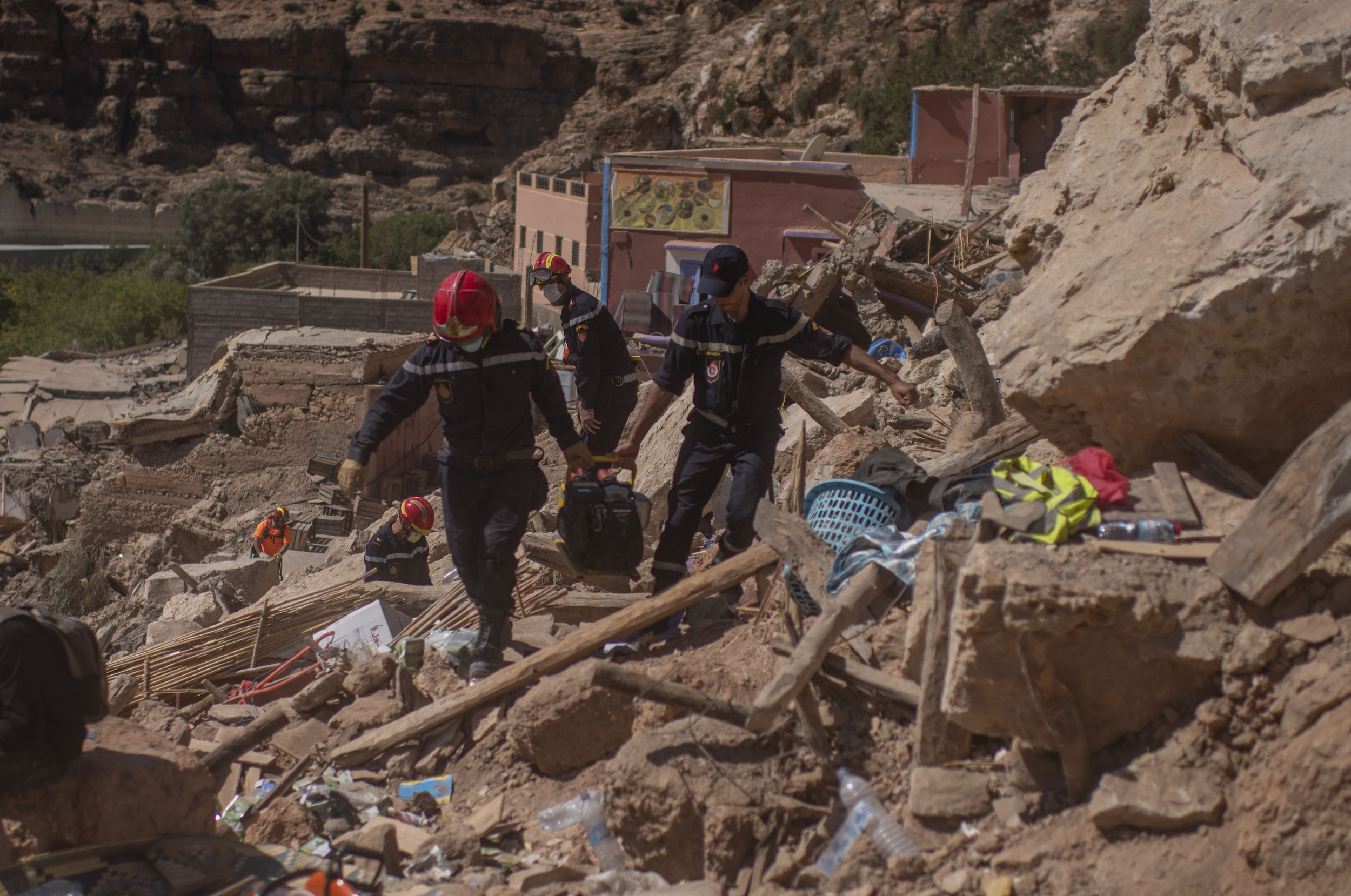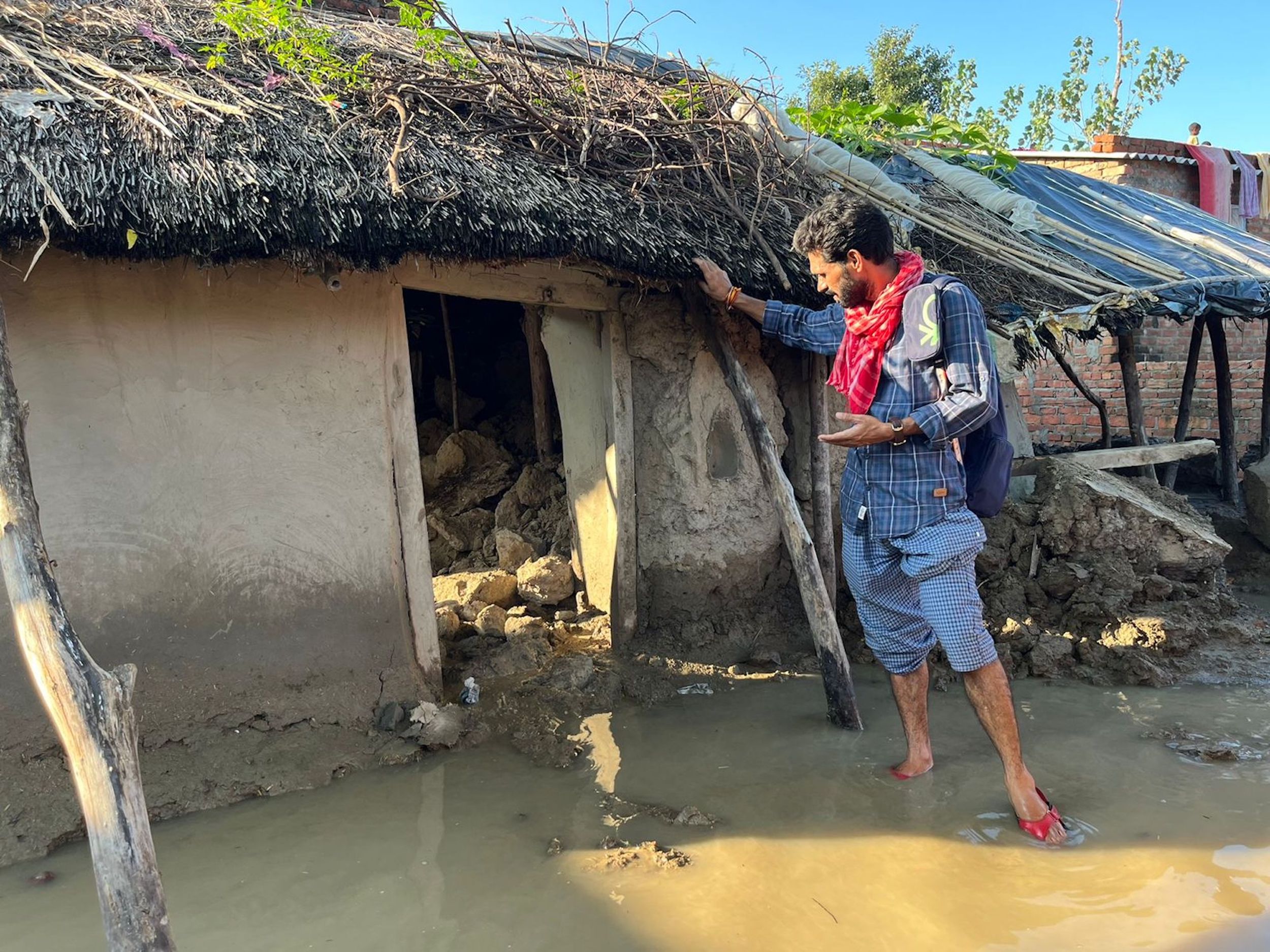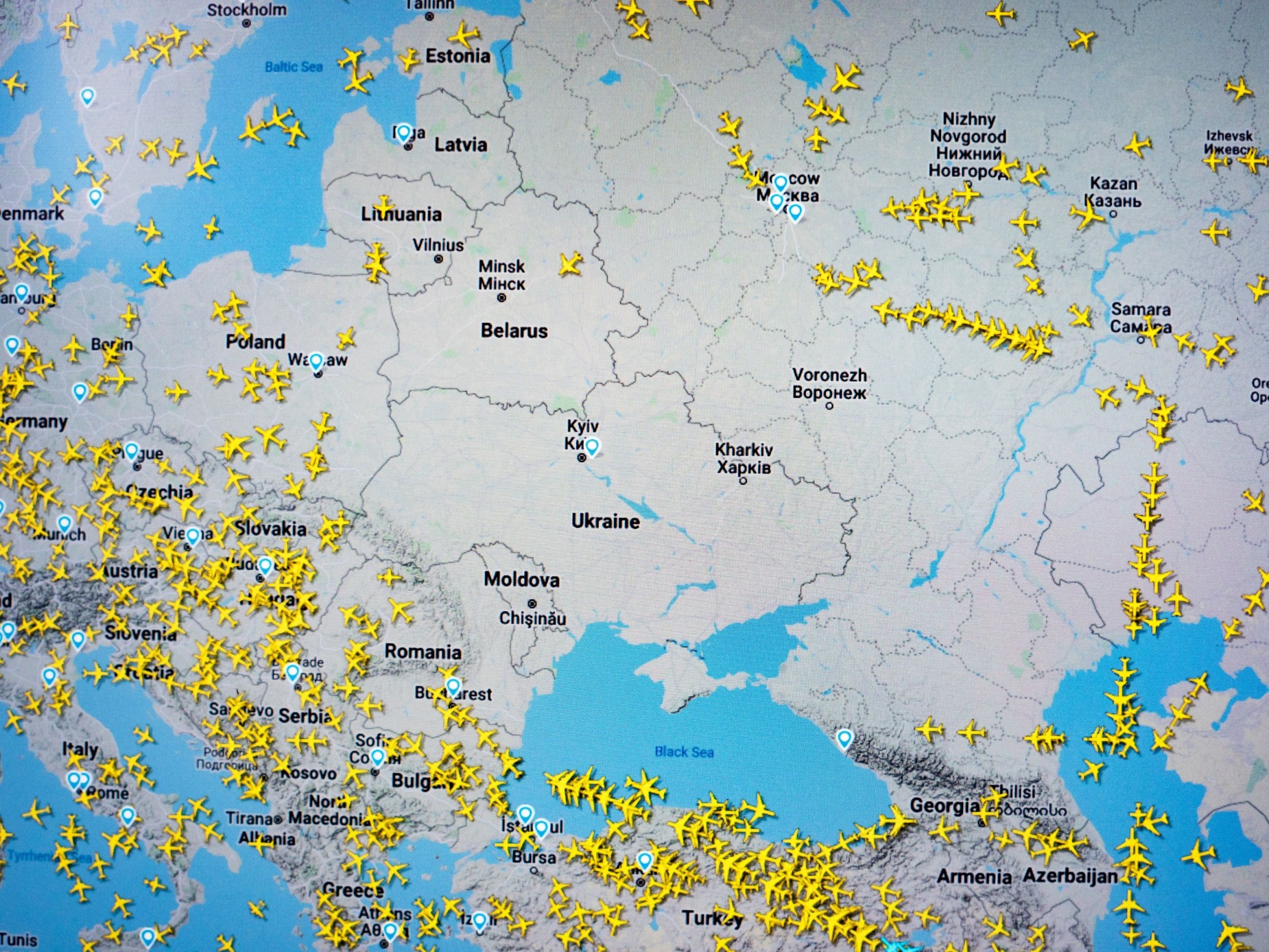هل أصبحت مواقع التواصل الاجتماعي في فلسطين مصدرا إخباريا رئيسياً لدى الجمهور؟ وما مدى تأثيرها على المواقع الإخبارية الإلكترونية؟
الإجابة كشف عنها حديثا تقرير وسائل التواصل الاجتماعي في فلسطين 2016 الذي أصدرته شركة "كونسبتس"، من خلال مشروع "سوشال ستوديو" وبالتعاون مع شركات ومؤسساتعدة.
من أبرز نتائج التقرير أن مواقع التواصل الاجتماعي هي المصدر الرئيسي للحصول على الأخبار والمستجدات بنسبة 89%، يليها المواقع الإلكترونية فالقنوات التلفزيونية ثم الإذاعات، وأخيراً الصحف المطبوعة التي جاءت في ذيل القائمة بنسبة 6%.
وهذه النتيجة تتفق مع العديد من نتائج الأبحاث والتقارير العربية والعالمية التي أجمعت على أن المنصات الاجتماعية خاصة الفيسبوك وتويتر أضحت المصدر الأول للأخبار رغم الجدل الدائر حول مدى المصداقية التي تتمتع بها تلك الأخبار.
ويتناول التقرير أبرز الإحصائيات والسلوكيات الخاصة بالمستخدمين الفلسطينيين داخل فلسطين، إضافة إلى أرقام ومؤشرات أداء لحسابات فلسطينية متنوعة على أكثر من منصة إلكترونية، ومبادرات مجتمعية، وقضايا شغلت الرأي العام، إضافة إلى حالات الاعتقال على خلفية منشورات عبر وسائل التواصل الاجتماعي.
ورغم "تربع فيسبوك على عرش المنصات الأكثر استخداماً في فلسطين، إلا أن التقرير سجل صعوداً ملحوظاً لاستخدام منصات أخرى، مثل: انستغرام وسناب شات ولينكدإن وواتساب" وفق ما قال م. حسان جدة المشرف العام على التقرير في مقدمته التي افتتح بها التقرير.
وتميز ناشطو شبكات التواصل في غزة باستخدام تويتر أكثر من غيرهم، خاصة في مجالات الإعلام والقضايا المجتمعية والسياسية، خاصة على ضوء معاناتهم المتزايدة في مجالات الحياة المختلفة واستمرار الحصار الإسرائيلي للعام الحادي عشر.
وأظهرت الإحصاءات أن أكثر الصفحات الفلسطينية متابعة تعود في معظمها لمؤسسات إعلامية وإعلاميين إضافة إلى فنانين وشخصيات مجتمعية ومؤسسات وطنية بارزة.
وذكر م.جدة أن إصدار التقرير تزامن مع "إطلاق مشروع ريادي مهم تمثل في برنامج - حكي - بنسخته المحدثة"، وهو برنامج يضم حزمة من الأدوات البحثية للمحتوى العربي على وسائل التواصل الاجتماعي، وتم اعتماده في التقرير كأداة أساسية لجمع المعلومات ومؤشرات الأداء لأبرز الحسابات الفلسطينية، خاصة على فيسبوك.
سخونة الأحداث أشعلت المنصات..
ولكن ما الذي زاد من اعتماد الفلسطينيين على المنصات الاجتماعية حالياً أكثر من الأعوام السابقة؟ نسرين الخطيب - محللة بيانات في شركة آيبوك IPoke تقول لـ"مجلة الصحافة": "شهد العام 2016 بشكل خاص زيادة كبيرة في استخدام الفلسطينيين لمواقع التواصل الاجتماعي، مع زيادة سخونة الأحداث على الساحة الفلسطينية، الأمر الذي جعل من فيسبوك وتويتر وغيرها مصادر مهمة للشعب الفلسطيني لتصفح الأخبار".
ووفقًا للتقرير فإن ما نسبته 38% من الجمهور الفلسطيني يستخدمون مواقع التواصل لتصفح الأخبار، وهو ما "دفع الإعلاميون الفلسطينيون لاستثمار هذا الزخم عبر حجز مكان لهم في مواقع التواصل واتخاذها منصات معتَمَدة لهم لنشر الأخبار ولترويج إنتاجهم" وفق الخطيب.
وكانت نتائج التقرير ذكرت أن العديد من الصفحات الإخبارية والإعلامية وصفحات الإعلاميين الفلسطينيين قد حصدت ملايين المتابعين من مختلف أرجاء العالم.
ووفق مؤشرات أداء الحسابات الإعلامية على فيسبوك، يتضح أنها الصفحات الأكثر نشاطاً من حيث عدد المنشورات، وعدد التفاعلات الكلية، حيث تجاوز عدد المنشورات في بعض الصفحات المئة ألف منشور خلال العام، وتعكس هذه الأرقام، مدى ارتباط المجتمع الفلسطيني بالأخبار ومتابعة المستجدات المرتبطة والمؤثرة على مختلف أوضاعه المعيشية الراهنة والمستقبلية.
وعلى صعيد تأثير المنصات الاجتماعية على المواقع الإخبارية الإلكترونية في فلسطين، قالت محللة البيانات: "أسهمت المنصات الاجتماعية بالطبع بتقليل الوصول للمواقع الإلكترونية، خاصة أن تلك المنصات تقدم لهم آخر الأخبار على طبق من ذهب".
وعندما نجد أن ما نسبته 57% من الفلسطينيين، يولون هذه الشبكات الاهتمام الأكبر ويعتمدون عليها أكثر من غيرها في الحصول على الأخبار، يتبين هنا أنها لم تعد مجرد منصة للدردشة بل منصة للإخبار والتثقيف والتوعية والتسلية.
وترى الخطيب أن المنصات الاجتماعية أصبحت "باقتدار" المصدر الاساس للأخبار في فلسطين، إذ أن "غالبية الفلسطينيين يستخدمون هذه المنصات، إلى جانب تعدد حسابات وكالات الأنباء الفلسطينية على شبكات التواصل الاجتماعي مما يسهل على الجمهور الحصول على المعلومات".
أنشطة تفاعلية
وشكّلت صفحات الإعلاميين الناشطين على فيسبوك، محطات مهمة، لعرض الأخبار بشكل سريع، ومناقشة القضايا المستجدة في شتى المواضيع، حيث أورد التقرير مجموعة من الإعلاميين الناشطين، الذين يحظون بمستوى ملحوظ من التفاعل مع المحتوى المقدّم، بما يتجاوز أحياناً طبيعة العمل الإعلامي.
وليس بعيدا عنهم يبين التقرير أن المصورين الصحفيين حجزوا لعدساتهم وإبداعاتهم مساحات واسعة في الفضاء الأزرق الافتراضي، حيث نشطوا مؤخرا على شبكات التواصل بصورة واسعة، من خلال المشاركة المستمرة بصورهم التي تثير تفاعلاً كبيراً، وتعكس واقعاً معاشاً للمجتمع الفلسطيني في مختلف أماكن وجوده.
ويتضح من البيانات أن الأحداث العربية والفلسطينية تركت بصماتها الواضحة على طبيعة سلوك مستخدمي وسائل التواصل الاجتماعي في فلسطين، لدرجة أنها تحولت إلى "تهمة" يحاكم الاحتلال الإسرائيلي النشطاء عليها.
ويوماً بعد يوم تزداد أهمية المواقع الإلكترونية الفلسطينية والتطبيقات، على حساب الوسائل الإعلامية الأخرى، في وقت تتجه فيه بعض القطاعات إلى زيادة استخدامها لهذه الوسائل، مثل: وكالات الأنباء، والاتصالات، والبنوك ومؤسسات المجتمع المدني، إضافة إلى المشاريع الريادية والناشئة، ومن أبرز تلك التطبيقات: "محل"، و"بانيت"، و"يا مسافر"، إضافة إلى عشرات التطبيقات الخاصة بمؤسسات إعلامية متنوعة.
وكان التقرير قد كشف عن عدة مؤشرات أساسية ذات علاقة بشبكات التواصل واستخدام الانترنت في فلسطين، من بينها أن52% من المجتمع الفلسطيني متصل بالإنترنت، وأن واحدا من بين كل ثلاثة فلسطينيين موجود على شبكات التواصل الاجتماعي، علاوة على ارتفاع نسبة مستخدمي الهواتف الذكية لدخول الشبكات الاجتماعية (تبلغ 55% من عدد المستخدمين)، فيما يعتقد 58% من الجمهور أن وسائل التواصل الاجتماعي تحدث أثراً إيجابيا على مجتمعهم.









































